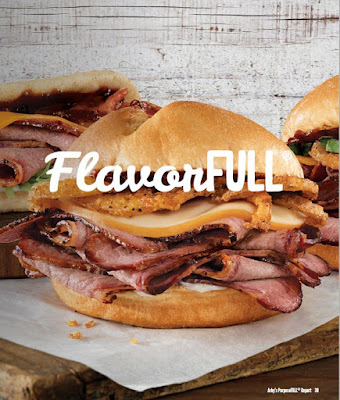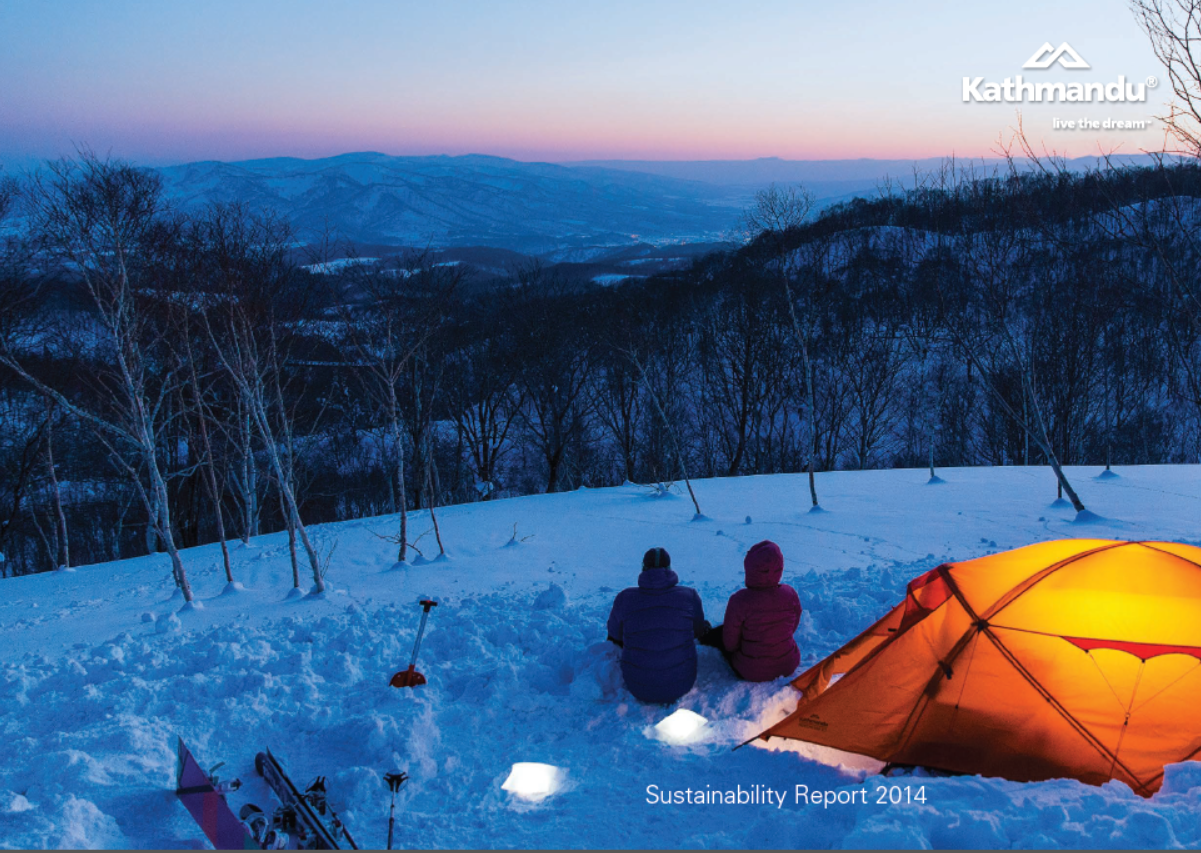Last month, I was honored to be invited to join the next stage in the transparency journey of a wonderful, privately-owned group of companies in Sweden. The parent company is Lindéngruppen, and it describes itself as "a second-generation family business focusing on sustainable long-term development of industrial companies". In 2016, Lindéngruppen’s wholly-owned companies had a combined turnover of approximately SEK 7.4 billion, and more than 3,200 employees in 27 countries. Lindéngruppen, based in Höganäs, Sweden was founded by Ulf G. Lindén in the mid-eighties and is now led by the Chairperson of the Board, his daughter, Jenny Lindén Urnes.
Lindéngruppen owns and runs four companies:
Beckers is a global industrial coatings company specializing in coil coatings and industrial coatings for metal. Beckers also provides finishes for consumer electronics and lifestyle appliances.
Colart supplies the world’s most popular art material brands. Colart’s mission is to provide sustainable, creative tools and services to release pure expression.
Höganäs is the world’s leading producer of metal powder and the main driver of the development of metal powder applications.
Moorbrook Textiles produces woven-textile products from luxury fibers.
These four businesses are primarily B2B, and do not have all that much in common in terms of the nature of their business, beyond their ownership and shared values as members of the Lindéngruppen family. But that is clearly enough to sustain responsible practice, as all four companies are guided by the enlightened, passionate and visionary leadership of the group's Chair, Jenny Lindén Urnes, whom I was privileged to meet at the first Lindéngruppen Sustainability Reporting Conference for the companies in the group last month. Her commitment to growing positive-impact businesses shines clearly as an inspiration for all.
At the one-day event, where company CEOs, sustainability, EHS and HR professionals came together as a group of more than 30 people, I shared my thoughts and insights about Sustainability Reporting, with a focus on the benefits for privately owned and smaller sized enterprises, and engaged in discussion with the business leaders. During the day, teams works on future scenarios and considered the challenges and opportunities that sustainable practice might bring. And all of this took place at Färgfabriken in Stockholm, Beckers' old paint factory built in 1889 and later converted into a cultural institution, supported by Lindéngruppen, now serving as a platform for contemporary cultural expressions, with an emphasis on art, architecture and urban planning, using approaches that help explore and understand the complexities of our constantly changing world. What a superbly fitting venue for a day of free thinking and collaboration.
The Lindéngruppen companies started their sustainability journeys well before this first shared experience, however. Each company has been applying sustainability principles and transparent practice in its own way with its own particular relevance and focus.
Beckers has been publicly reporting on sustainability since 2012 and its most recent Sustainability Report for 2016 is GRI compliant report with a focus on 8 core material topics underpinned by a sustainability vision.
In this report, Beckers shares the progress made in the development of Beckers Sustainability Index, a tool to help customers understand and make more informed choices based on data about the sustainability profiles of Beckers coating products. Last year, Beckers converted the index into an IOS/android app allowing customers to easily contrast the sustainability performance of different coating systems. This is an example of Beckers integrating sustainability in its core business through the products it sells, beyond managing the direct impacts of its production and other activities. It's about the impact of the business on society, not just about operating responsibly.
Colart's Sustainability Report for 2016-2017 reflects the color and creativity that are the essence of this company. Aligning with the UN SDGs, Colart identifies 12 goals that are most relevant for its business impacts and contribution to society. Using a seven-step "GET WISER" approach to sustainability strategy, Colart has been embedding awareness and understanding across all levels of the business, and engaging in creative platforms to promote the use of art for positive impact, such as “Hospital Rooms”, a UK-based mental health charity that commissions artists to create inventive environments and artworks for mental health units and holds art workshops for mental health service users. Aligning positive social impact with core business expertise helps make this partnership a success.
Höganäs has just started its reporting journey with an initial internal report for 2016 that has not been published as the company prepares for external reporting for 2017. Nonetheless, having had the benefit of a sneak preview, I can say that the 2016 Höganäs internal report is a strong GRI-based report, reinforcing the sustainable contribution of metal powders that help reduce resource consumption and make manufacturing processes more efficient. There is much scope here, as metal powders from Höganäs are used in component manufacture, electrical applications and filters, surface coating, welding and brazing, water purification, cleaning of industrial wastewater, soil remediation and more. With more than 700 patents on metal powder processes and products, Höganäs invests in building its expertise and creating sustainable solutions for customers. With five central thrusts in its sustainability strategy to climb "Mount Sustainability", Höganäs is advancing climate neutral operations and sustainable offerings for customers while managing direct workplace impacts and engaging in communities. Höganäs is a partner in developing and advancing Swedish Sustainable Steel Vision for 2050 with other sector players in Sweden, playing a role in shaping a more sustainable future for the industry.
Moorbrook Textiles, owners of the Alex Begg brand, is applying sustainability practices in its operations as part of its brand approach. This includes working to eliminate hazardous chemicals from all fabric production processes, ensuring aminal welfare in the animal fiber supply chain for wool and angora and developing traceability processes for sourced fibers. I understand that Moorbrook is also building a sustainability reporting capability and aligning its reporting processes with GRI Standards. So far, this work is internal and has not yet been published. Clearly behind the Lindéngruppen vision, however, Moorbrook has a positive sustainability story to tell and I look forward to hearing more.
At the one-day event, where company CEOs, sustainability, EHS and HR professionals came together as a group of more than 30 people, I shared my thoughts and insights about Sustainability Reporting, with a focus on the benefits for privately owned and smaller sized enterprises, and engaged in discussion with the business leaders. During the day, teams works on future scenarios and considered the challenges and opportunities that sustainable practice might bring. And all of this took place at Färgfabriken in Stockholm, Beckers' old paint factory built in 1889 and later converted into a cultural institution, supported by Lindéngruppen, now serving as a platform for contemporary cultural expressions, with an emphasis on art, architecture and urban planning, using approaches that help explore and understand the complexities of our constantly changing world. What a superbly fitting venue for a day of free thinking and collaboration.
The Lindéngruppen companies started their sustainability journeys well before this first shared experience, however. Each company has been applying sustainability principles and transparent practice in its own way with its own particular relevance and focus.
Beckers has been publicly reporting on sustainability since 2012 and its most recent Sustainability Report for 2016 is GRI compliant report with a focus on 8 core material topics underpinned by a sustainability vision.
In this report, Beckers shares the progress made in the development of Beckers Sustainability Index, a tool to help customers understand and make more informed choices based on data about the sustainability profiles of Beckers coating products. Last year, Beckers converted the index into an IOS/android app allowing customers to easily contrast the sustainability performance of different coating systems. This is an example of Beckers integrating sustainability in its core business through the products it sells, beyond managing the direct impacts of its production and other activities. It's about the impact of the business on society, not just about operating responsibly.
Höganäs has just started its reporting journey with an initial internal report for 2016 that has not been published as the company prepares for external reporting for 2017. Nonetheless, having had the benefit of a sneak preview, I can say that the 2016 Höganäs internal report is a strong GRI-based report, reinforcing the sustainable contribution of metal powders that help reduce resource consumption and make manufacturing processes more efficient. There is much scope here, as metal powders from Höganäs are used in component manufacture, electrical applications and filters, surface coating, welding and brazing, water purification, cleaning of industrial wastewater, soil remediation and more. With more than 700 patents on metal powder processes and products, Höganäs invests in building its expertise and creating sustainable solutions for customers. With five central thrusts in its sustainability strategy to climb "Mount Sustainability", Höganäs is advancing climate neutral operations and sustainable offerings for customers while managing direct workplace impacts and engaging in communities. Höganäs is a partner in developing and advancing Swedish Sustainable Steel Vision for 2050 with other sector players in Sweden, playing a role in shaping a more sustainable future for the industry.
Moorbrook Textiles, owners of the Alex Begg brand, is applying sustainability practices in its operations as part of its brand approach. This includes working to eliminate hazardous chemicals from all fabric production processes, ensuring aminal welfare in the animal fiber supply chain for wool and angora and developing traceability processes for sourced fibers. I understand that Moorbrook is also building a sustainability reporting capability and aligning its reporting processes with GRI Standards. So far, this work is internal and has not yet been published. Clearly behind the Lindéngruppen vision, however, Moorbrook has a positive sustainability story to tell and I look forward to hearing more.
Lindéngruppen is an example of privately-owned, SME-scale, B2B businesses that are engaging with sustainability as essential supply chain partners for their customers and positive presences in their communities. It's inspiring to experience the passion that each company demonstrates in finding its own relevance and establishing its unique space along the sustainability spectrum. Led by a clear-headed, team-spirited and pragmatic Group Chief Sustainability Officer, Jenny Johansson, all companies in the group have the support they need to find their sustainability voice. And each is doing so at a pace that is manageable and enables maximum learning for each company along the journey.
Lindéngruppen is proof that enlightened leadership and a practical approach is good for people, good for business and good for all of us, no matter the size or nature of the business. I wish all the Lindéngruppen team continued success and look forward to more Sustainability Reports of their progress.
elaine cohen, CSR Consultant, Sustainability Reporter, former HR Professional, Trust Across America 2017 Lifetime Achievement Award honoree, Ice Cream Addict, Author of three totally groundbreaking books on sustainability (see About Me page). Contact me via Twitter (@elainecohen) or via my business website www.b-yond.biz (Beyond Business Ltd, an inspired CSR consulting and Sustainability Reporting firm). Need help writing your first / next Sustainability Report? Contact elaine: info@b-yond.biz
Elaine will be chairing the edie Conference on Smarter Sustainability Reporting in London on 27th February 2018






















































































